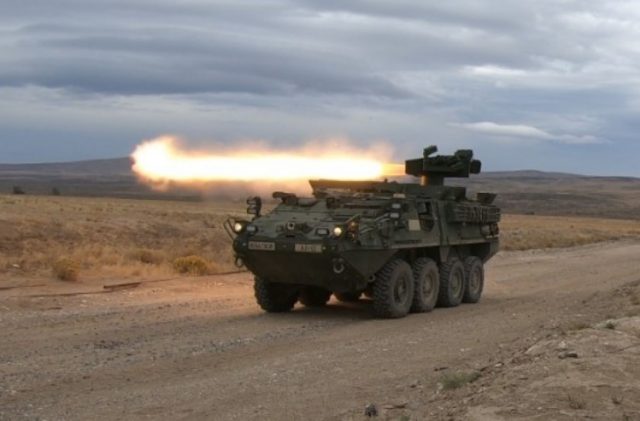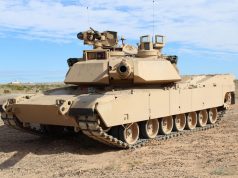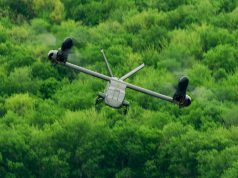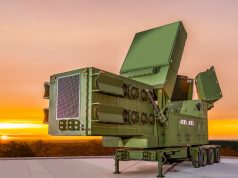The US Army recently tested networked lethality capabilities in the Stryker anti-tank guided missile (ATGM) vehicle which will allow crews to pass images and cue targets between vehicle platforms.
During operational testing conducted by the 8th Squadron, 1st Cavalry Regiment, soldiers validated the effectiveness of the Stryker’s modified improved target acquisition system (MITAS) under realistic combat situations against a dynamic opposing force, the army said.
“The network lethality upgrade is a game-changer,” said Sgt. 1st Class Joe Raynel, 2nd Platoon Sergeant, Delta Troop, 8th Squadron, 1st Cavalry Regiment.
“The ability to create a route or develop an engagement area and share amongst the platoon increases the Stryker’s operational effectiveness.”
Ron Thomas, assistant test officer with the Fort Hood, Texas-based US Army Operational Test Command (OTC), said MITAS upgrades are the first significant improvements to the vehicle’s capabilities since the Stryker Brigade Combat Team’s formation and activation nearly two decades ago.
Network lethality allows each Stryker to act as a sensor by transmitting situational reports and images within the Platoon, Company, and Brigade.
Other MITAS upgrades include the precision far target locator (pFTL), image enhancement, high-definition color camera, and upgraded missile launcher.
The pFTL integrates with the laser range finder, which allows for greater accuracy and precision while detecting enemy targets.
The networked lethality also enables and allows the ATGM vehicles to increase their tactical dispersion within the limits of the terrain, explained Thomas.
Optical enhancements provide the ATGM gunner with improvements for detecting, recognizing, and identifying targets at greater ranges and with more clarity.
“I was able to take images of enemy targets over 9 kilometers and cue my wingman to their location using the network lethality capability,” said Sgt. Anthony Rodrigues, Stryker ATGM Gunner for 1st Platoon, Delta Troop, Delta Troop, 8th Squadron, 1st Cavalry Regiment.
Network lethality upgrade testing
Since July, four months into the COVID-19 Pandemic, the soldiers and crews of “Dog” Troop have been training and gaining proficiencies on operating the new Stryker ATGM vehicle at Joint Base Lewis-McCord (JBLM).
After training and certification, the troop deployed to Yakima Training Center, which was the first time soldiers traveled outside the immediate JBLM area since restrictions to movement went into effect from the pandemic. OTC’s test team deployed early September from Fort Hood to Yakima.
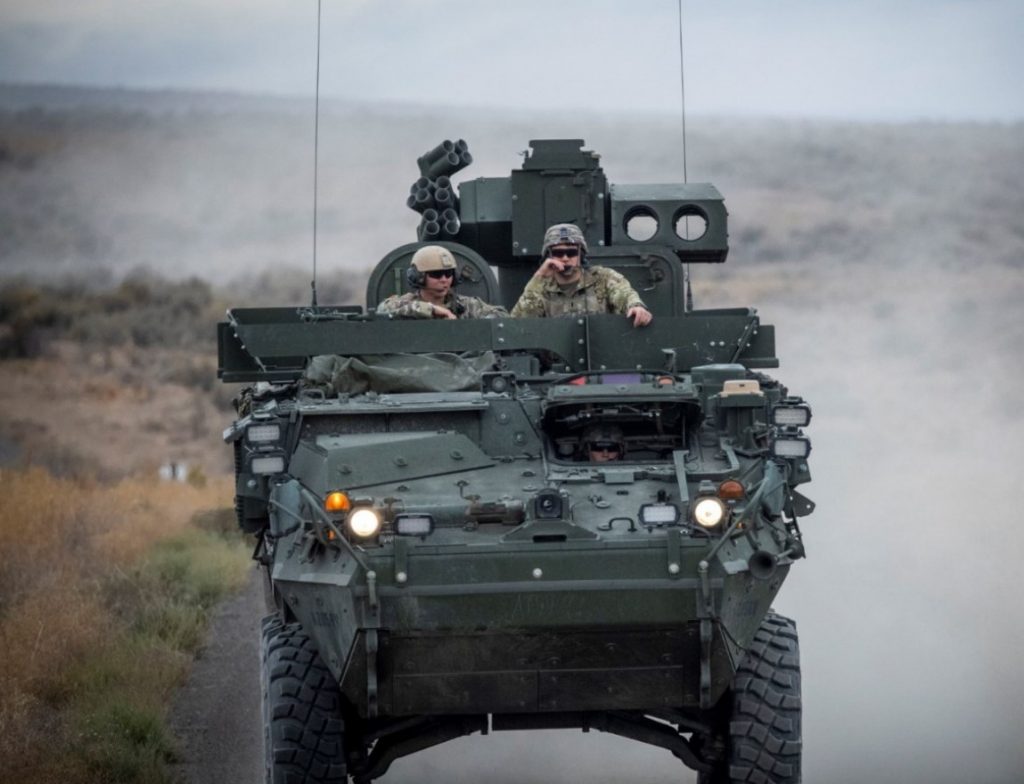
Before the start of the record test phase, “Dog” Troop conducted a live-fire exercise engaging static targets out to multiple distances. Dog Troop successfully fired five tube-launched optically tracked wire guided (TOW) missiles to validate the MITAS system.
Two Stryker ATGM Platoons also conducted simulated force on force engagements under both day and night conditions.
The operational test included a live threat that consisted of three Stryker platforms conducting reconnaissance missions.
After completing their tactical missions, every soldier submitted feedback to OTC test officers.
“The Army’s Operational Test Command thrives on conducting independent operational testing to inform acquisition and fielding decisions based on the Warfighter’s voice,” said Col. Jason Kniffen, Director of OTCs Maneuver Test Directorate.
“The Stryker ATGM operational test provided vital data that will inform the Army’s decision to field the Stryker ATGM in the future,” he said.

















